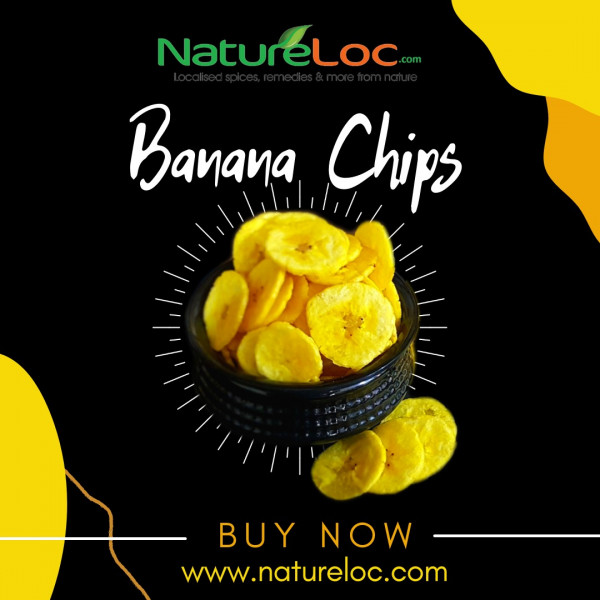Saffron – Why is it one of the most expensive spices ?
Saffron – The Most Expensive Spice
Saffron is a spice derived from the flower of Crocus sativus, commonly known as the “saffron crocus”. The vivid crimson stigmas and styles, called threads, are collected and dried to be used mainly as a seasoning and colouring agent in food. Long among the world’s most costly spices by weight, was probably first cultivated in or near Greece.
It is a small, bulbous, perennial spice, a member of the lily family. To produce, the stigmas [the part of the flower which catches pollen] must be painstakingly handpicked, cut from the white style and then carefully laid on a sieve and cured over heat to deepen the flavor.
Currently it is commercially produced in Iran, Greece, Morocco, Spain, Kashmir and Italy. Iran is the most important producer of both, in terms of volume and quality, and Spain being the largest importer of the spice.
Why is it Good For You?
It is a wonderful treatment for colds and coughs, stomach issues, uterine bleeding, insomnia, flatulence, and even heart trouble. Saffron is extremely rich in manganese, which helps regulate blood sugar and aids the formation of bones, tissues, and sex hormones. It also contains vitamin C that fights infections and aids iron absorption.
More interestingly, it contains over 150 volatile compounds. Most of it’s healthful qualities can be attributed to crocin, a compound present in it.
Even it’s milk has great things to offer. This spice, when combined with milk, can improve digestion and appetite, keep your skin healthy, and even enhance your immunity. Drinking it every day, especially before going to bed, can promote sound sleep. Saffron oil can make your skin glow – and even saffron water has amazing properties.
Healing Benefits
Kills Cancer
It contains a dark orange, water soluble carotene called crocin. Crocin has been found to trigger apoptosis [ programmed cell death] in a number of different types of human cancer cells, leukemia, ovarian carcinoma, colon adenocarcinoma, and soft tissue sarcoma. The spice inhibit cells that have become cancerous, but it has no such effect on normal cells and actually stimulates their formation and that of lymphocytes [immune cells that help destroy cancer cells].
It also had shown similar effects in the case of hepatic and prostate cancers. The spice had also played a major role in treating skin cancer. It is rich in carotenoids, which can contribute to its anticancer properties. Crocin in saffron can prevent breast cancer and leukemia.
Crocetinic acid (a purified compound from crocetin) has the potential to inhibit pancreatic cancer. In fact, the compound obstructs cancer stem cells – destroying them, which prevents the cancer from returning.
Improves Vision
Natural compounds in saffron can help prevent vision loss and retinal degeneration. Safranal, one of the compounds in the spice, was found to preserve photoreceptor morphology (the mechanism in the eyes that helps study the forms of things you see), visual response, and capillary network.
It’s supplementation to ongoing treatment was found to improve macular thickness in patients. This significantly improves retinal function. It was also found to prevent photoreceptor damage induced by chronic oxidative injury.
It affects the genes that regulate the fatty acid content of the cell membrane – and this makes vision cells more resilient. The study indicates it’s potential in treating retinitis pigmentosa, a genetic disease that causes permanent blindness in young people.
Improves Brain Health
30 mg of saffron a day showed improvement in the condition of patients with Alzheimer’s disease. Also, crocin and ethanolic extracts of saffron displayed antidepressant effects in rodents.
Treatment with it’s extract had also lessened certain neurotoxic effects. Similar extracts had even increased the production of important neurotransmitters like dopamine and glutamate. The spice had shown to improve memory as well.
However, it is important to note that these can be lethal if taken in extremely large doses. Consult your doctor before you use it.
Good During Pregnancy
It can increase the readiness of the cervix during term pregnancy. It also has the highest effect on effacement (shortening of the uterine cervix and the thinning of its walls). Also, the number of cesarean sections was lower in women who took saffron.
Some reports say that it can also be used to terminate pregnancy. Please consult your doctor in this regard. Take their advice.
Food Additives
It is an excellent replacement for synthetic food additives. Here are some serving ideas:
1. For a wonderful marinade for fish, add saffron threads, garlic and thyme to vinegar.
2. Use it to give cakes, pastries and cookies a buttery golden hue and a rich aroma.
3. Cook biryani’s with saffron combined with cloves, cinnamon, Indian bay leaves and nutmeg for a memorable treat.
4. Crush a tiny piece of saffron into a glass of champagne or sparkling apple cider and turn the drink into a golden elixir.
5. Coffee spiced with saffron and cardamom is a soothing and heart healthy drink.
6. Add saffron and cinnamon to whole milk or yogurt and honey for a simple version of the famous Indian yogurt drink, lassi.
Where To Buy ?
You can get it at your nearest supermarket. Or you can order it online as well.
Saffron, the most expensive spice on Earth is always hot in demand.
How To Select And Store ?
It is available in three forms – saffron threads or stigmas, saffron tips, and saffron powder.
– Saffron threads or powder should be purchased from a reputed distributor. It should be packaged in foil to protect from air and light. Bulk saffron is usually sold in wooden boxes.
– When purchasing saffron threads, ensure that they are dark red in color. These should have orange tips and should not have any color variation. There should be no traces of yellow as they have no utility except adding dead weight. The redder the color, the better is the quality of saffron. If the tips are not orange, it means that the saffron is of inferior quality and has been dyed. Saffron threads with white spots and those with yellow stamens attached should be avoided. The threads should be hard and brittle to touch.
– It is a bit difficult to discern powdered saffron based on color as it is more likely to be adulterated. It generally has a lighter color than the saffron threads or tips. To ensure superior quality, it should be bought from a reputed brand or merchant. The next step is to examine its aroma. Saffron should have a strong and fresh aroma. It should smell sweet and not musty.
– Though it is available in both thread and powdered forms, it is advisable to prefer the thread if possible, as ground saffron has a shorter shelf life than the dried threads. It is usually mixed with other ingredients and lacks the quality and flavor of saffron threads. Moreover, it is an expensive spice. Thus, if it is available at a lower price, it is likely to be of inferior quality or may even be fake.
It should be stored in an airtight container, preferably in a glass jar in a cool, dark, and dry place. The ideal storage temperature is below 68°F and in less than 40% humidity.
It is sensitive to light so it should be wrapped in a foil if kept in a transparent container. If their stigmas are compressed together, they should be loosened and separated a bit before being transferred to the jar. This will make it easier to pull or shake out a few threads at a time.
Though it can last several years if stored properly, it is advisable to use it within two years as it will increasingly lose more and more of its flavor with age.
























